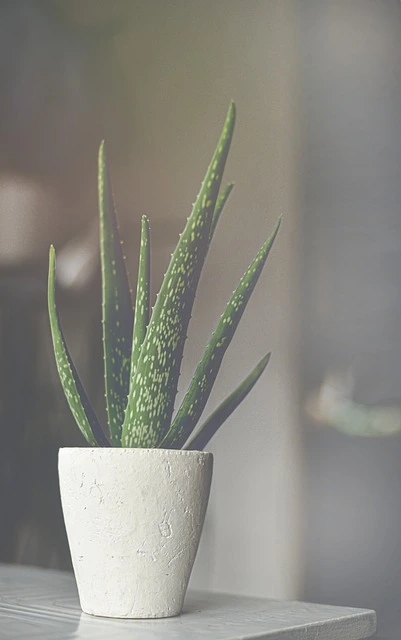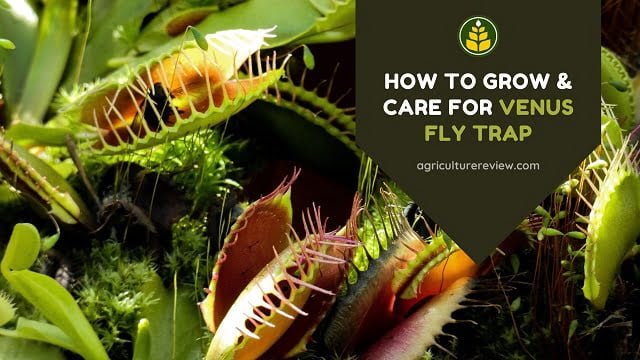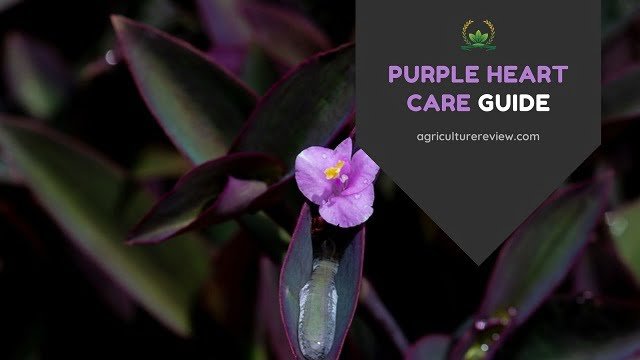From this ultimate guide on houseplants that are toxic for dogs, get to know list of houseplants that are poisonous to dogs. We gardeners love to have amazing collection of houseplants in our garden, but what if they have potential to harm our pet dogs.
Some of the most famous houseplants around the world contains toxic contents that can cause problem. Therefore as a plant & pet lover, knowing names of these toxic plants can help you to avoid any unfortunate incident.
Table of Contents
Pothos Or Devil’s Ivy
Also known as Golden pothos, Ceylon creeper, Ivy aurum, silver vine, Solomon Islands Ivy, Marbel queen, & Taro vine is a popular tropical houseplant. You can grow them in well drained soil with good moisture holding capacity as well as directly in water. They perform well in direct sunlight but can also survive in low light condition.
Pothos contain calcium oxalate crystals, hence can cause burning sensation and swelling of oral parts if ingested by dogs. Although pothos are also famous for its air purifying quality, so if you still want to grow then it is safe to keep them in hanging pots.
Dumb Canes Or Dieffenbachia
Dumb canes are tropical, perennial houseplants that can even grow under low light conditions. Hence it is a great fit for gardeners who are looking for a plant to keep in their bedroom, bathroom, or living-room. It also have air purifying qualities & can remove air toxins such as Xylene.

But dumb canes can be poisonous to your dogs. Ingestion of leaves can cause swelling or oral parts, burning sensation and increased salivation. Leaves, stalk, and roots of dumb canes contains oxalic acid & asparagine that are responsible for its toxicity.
Aloe Vera
Popular for its medicinal as well as air purifying qualities, Aloe Vera are safe for humans but not for dogs. It requires well drained potting soil, indirect sunlight, watering once a week, and nitrogen rich fertilizer once after every 60 days. You can even keep them in low light conditions.
Apart from its benefits, Aloe Vera are mildly toxic to dogs. Ingestion can cause vomiting, diarrhoea, depression and change in urine colour. It is due to presence of anthraquinone glycosides in Aloe Vera plant.
ZZ Plant
ZZ plant or Zanzibar Gem plant is an air purifying houseplant that can grow well even in low light condition. It is native to tropical region and is a perennial plant. It doesn’t require much care, watering once a week, fertilizing with nitrogen fertilizers once after every 60 days is enough to care for this plant.

However, due to presence of calcium oxalate crystals, ingestion can cause swelling of lips, tongue, and throat. If your dogs accidentally get in touch with the sap of this plant then skin irritation and dermatitis may also occur.
Peace Lily
If you are looking for an evergreen, perennial, flowering plant that grow well under indirect light then you can grow peace lily. They are also popular for air purifying qualities. Peace lily plant love evenly moist soil, and you can fertilize once after every 40 days with leaf compost + onion peel fertilizers.
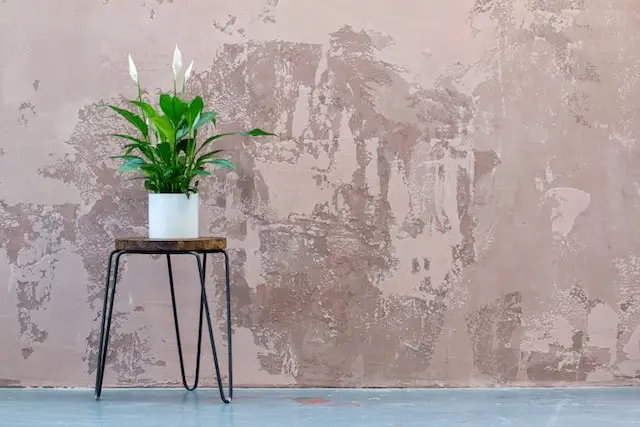
Just like zz plant, peace lily also contains insoluble calcium oxalate crystals, that’s why they are poisonous to dogs. Hence, ingestion can cause oral and gastrointestinal irritation, swelling and burning sensation.
Jade Plant
Jade is a succulent plant which is also known as lucky plant. They grow well in bright indirect light and requires very little watering. Anyone can easily propagate jade plant from cuttings and make lot of new plants in well drained succulent soil. Fertilizing once or twice in a growing season with leaf compost or Neem cake fertilizer is sufficient enough.
But jade plants contain saponins which is highly toxic for dogs. Ingesting plant parts of Jade plant can cause depression, increased heartbeat and gastric distress.
Caladium Or Elephant Ear Plant
Caladium is a popular colourful foliage plant and is perfect for hot and humid climate. They require moist soil, indirect sunlight, & fertilizer once in a growing season to grow well. They can be easily propagated from tubers in spring season and is quite easy to care for plant.

Plant parts of caladium contains calcium oxalate crystals, hence on ingesting it can cause oral irritation, swelling and burning sensation. Therefore keep this plant out of reach from your dogs.
Calla Lily
Calla lily is herbaceous, perennial flowering plant that can grow well under indirect sunlight. There are around 8 species of calla lily that you can grow in your home garden. Calla lily grow in well drained, sandy loam soil and enjoys evenly moist soil. Spray half teaspoon NPK(5:10:10) diluted in 1 litre of water once after every 30 helps to promote plant growth and flowering.
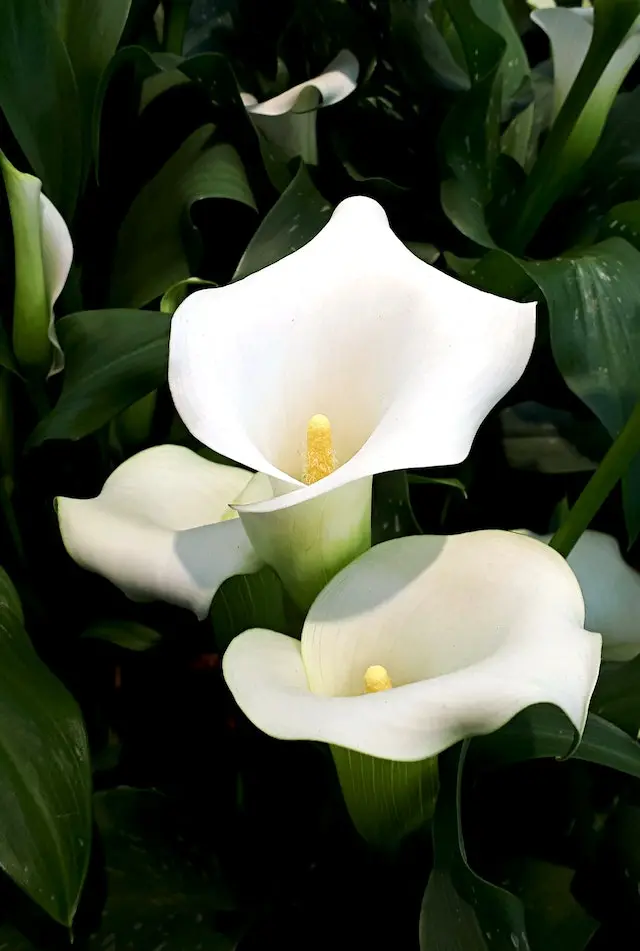
If you have dogs in your home then you should keep this plant away from them as they contain calcium oxalate crystals. However unlike other toxic houseplants, symptoms of calla lily toxicity is mild. Therefore, eye and oral irritation can occur.
Corn Plant (Dracaena fragrans)
Dracaena fragrans or Corn plant is an evergreen, perennial shrub that can grow well under indirect sunlight. They look alike palms that’s why also known as “false palm.” Corn plant grow well in well drained loamy evenly moist soil and survive even if you fertilize once in a season with nitrogen rich fertilizer like tea leaf compost.
But, they can be mildly toxic to dogs. Plant parts of Dracaena fragrans contains saponins, hence, if ingested can cause vomiting, increased salivation, & depression.
Conclusion
All these houseplants are toxic for dogs, hence if you are a pet lover and if you have dog in your home, then try to keep them away from these plants. If you have any queries, ideas, or suggestions then please comment below.

